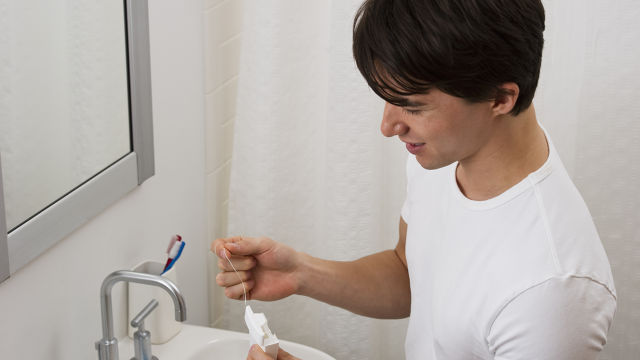laser-periodontal-therapy
Lasers have revolutionized multiple industries, and oral care is no exception. Although laser periodontal therapy is still in its infancy – and not yet considered a proven method of treatment by the American Academy of Periodontology (AAP) – it shows promising results for eligible patients.
How Laser Therapy Works
In periodontal laser therapy, the provider uses a dental laser to access and remove the inflamed gum tissue from around the root of the tooth. When the infected tissue is removed and the root is exposed, the root scaling begins. This involves scraping off the calculus and plaque built up below the gumline and around the root. The dentist then smooths the root with instruments to remove any rough spots that might attract bacteria and cause future infections. The area between the gum and the root can then regenerate during the healing process.

Understanding Periodontal Disease
Periodontal or gum disease is an infection of the supporting tissues and bone that hold your teeth in place. The condition affects mainly adults in their 30s and 40s, according the National Institute of Dental and Craniofacial Research (NICDR), and is usually caused by:
- Poor oral hygiene.
- Smoking.
- Chronic illnesses, such as diabetes.
- Certain medications.
- Genetic susceptibility
Typical treatment for periodontal disease is scaling and root planing (SRP), which is a non-surgical method of cleaning the surfaces of the teeth and their root which may be exposed due to gum recession. This removes tartar, plaque and bacteria from the gum surrounding the root, and promotes the healthy regeneration of the gum tissue.